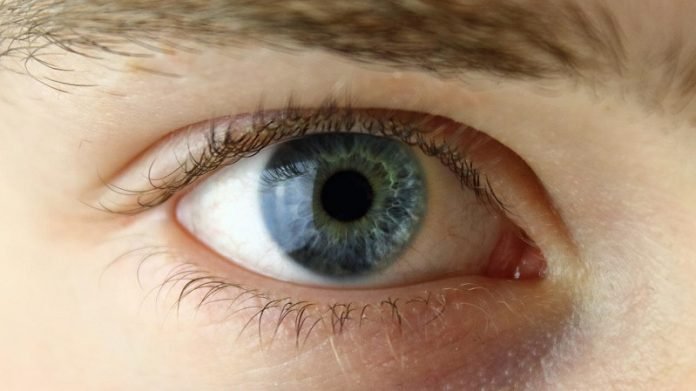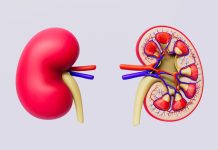
Scientists from the DRCR Retina Network found that a specific step strategy, in which patients with diabetic macular edema start with a less expensive medicine and switch to a more expensive medicine if the vision does not improve sufficiently, gives results similar to starting off with the higher-priced drug.
The findings showed that switching treatments when needed is a reasonable strategy.
The research is published in the New England Journal of Medicine and was conducted by Chirag Jhaveri et al.
Diabetic macular edema is caused by diabetes-related alterations to retinal blood vessels. Symptoms include blurred vision.
If untreated, vision loss can become permanent and progress to blindness. Retinal injections of anti-VEGF drugs can restore vision.
The main complication of diabetic macular edema, fluid build-up in the retina that causes vision loss, is commonly treated with anti-vascular endothelial growth factor (VEGF) drugs.
In the study, researchers examined a stepped regimen of anti-VEFG drugs Avastin (bevacizumab) and Eylea (aflibercept).
The DRCR Retina Network previously showed that Avastin and Eylea improve visual acuity in people with diabetic macular edema.
However, while Eylea is approved by the U.S. Food and Drug Administration to treat diabetic macular edema and results in better visual outcomes on average, off-label Avastin is much less expensive and is sometimes required by insurers as a first-line treatment.
The team examined 270 participants with diabetic macular edema, some of whom received treatments in both eyes.
Half the study eyes were assigned to Eylea from the start, and half were assigned to start with Avastin. For participants who needed treatment in both eyes, each eye started treatment with a different drug.
Participants received either Avastin or Eylea injections every four weeks for 24 weeks. If eyes assigned Avastin failed to reach the pre-set improvement benchmarks starting at 12 weeks, the eye was switched to Eylea.
The team found after two years, eyes in both groups had similar visual acuity outcomes, improving on average approximately three lines on an eye chart, compared to the trial’s start.
In the Avastin group, 70% of eyes switched to Eylea during the study.
The team says while most participants on Avastin eventually switched to Eylea, they still had improvement during those initial weeks, even if they didn’t hit pre-set benchmarks.
They have demonstrated here one method to managing a step treatment, where the outcomes are similar to the best existing treatment protocol with Eylea.
If you care about eye health, please read studies about diet linked to blinding eye diseases in older people, and vitamin B3 could help treat common blinding eye disease.
For more information about eye health, please see recent studies about aging eyes: how you see as time goes by, and results showing that pure cocoa may improve your eye sight in daylight.
Copyright © 2022 Knowridge Science Report. All rights reserved.



